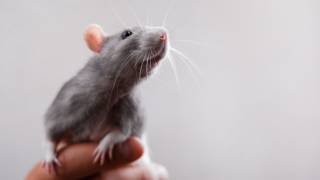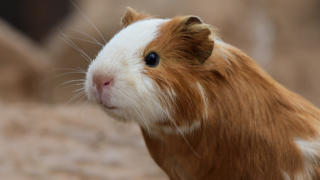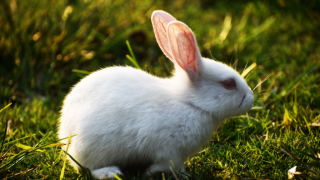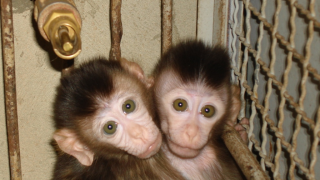Latest statistics released by the US Department of Agriculture
The latest statistics released by the US Department of Agriculture on the number of ‘federally regulated animals’ used in US laboratories has revealed the biggest decline in number since 1972 when data collection began.
In comparing the annual the data from 2013 to that of 2014, there was an overall drop of 6.4 percent with the largest reductions in cats (13 percent), dogs (12.4 percent), and non-human primates (9.9 percent).
This is certainly promising news, but it is important to remember that the figures do not include most mice, rats, birds and fish which make up 98 percent of animals used in laboratories.
Sadly, these animals are not covered by the federal Animal Welfare Act and, as such, are not reported in the annual statistics.
Cruelty Free International hopes that the reported decline reflects an overall decrease in the use of animals in research - rather than a shift from covered species to those not covered by federal regulation and reporting requirements.
It is also important to keep in mind that there are still thousands of animals suffering in US laboratories.
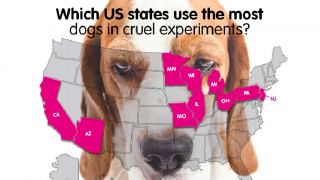
Beagles are the most common breed of dog used in experiments, often to test drugs and chemicals. A ground-breaking scientific study carried out by Cruelty Free International and FRAME has shown that using dogs to predict how humans will respond to drugs is NOT scientifically justifiable.
Cruelty Free International will continue to push for further decline and end to the use of all animals used in research in the US and around the world. We work to bring the reality of animal experiments to public attention and champion better science through the use of modern non-animal alternatives.
Image Source: U.S. Department of Agriculture (USDA) 2014 annual report on animals in research.


